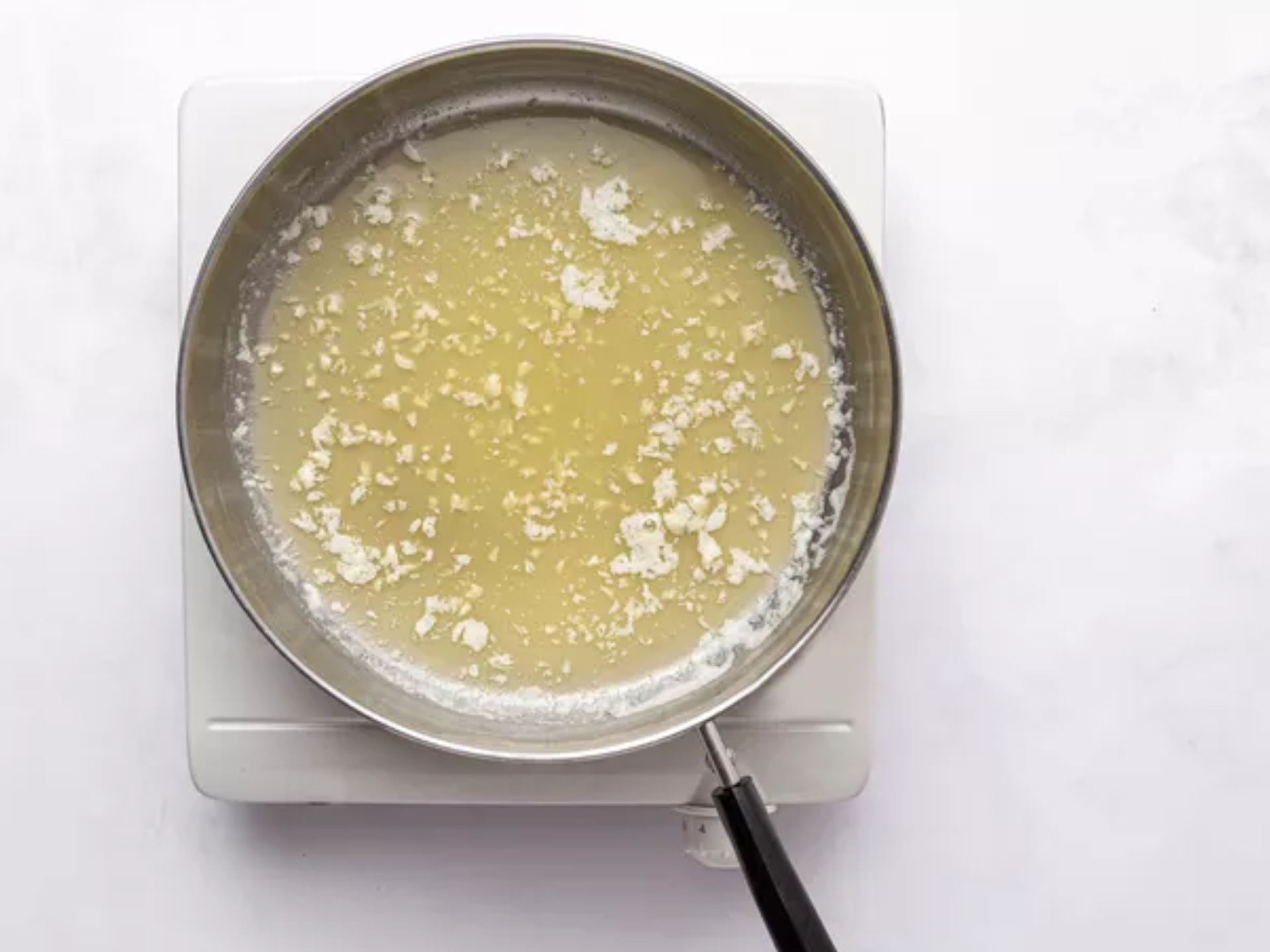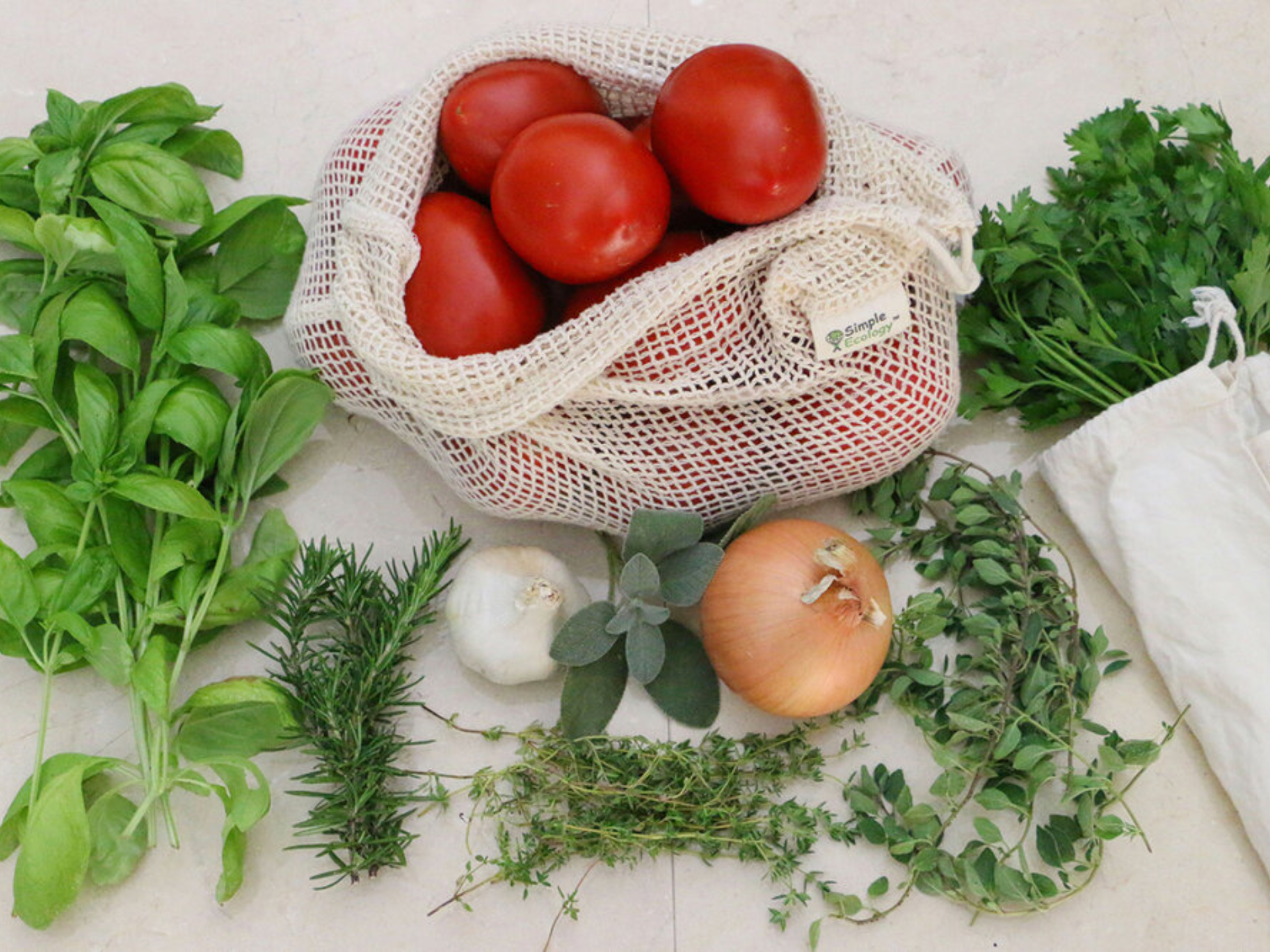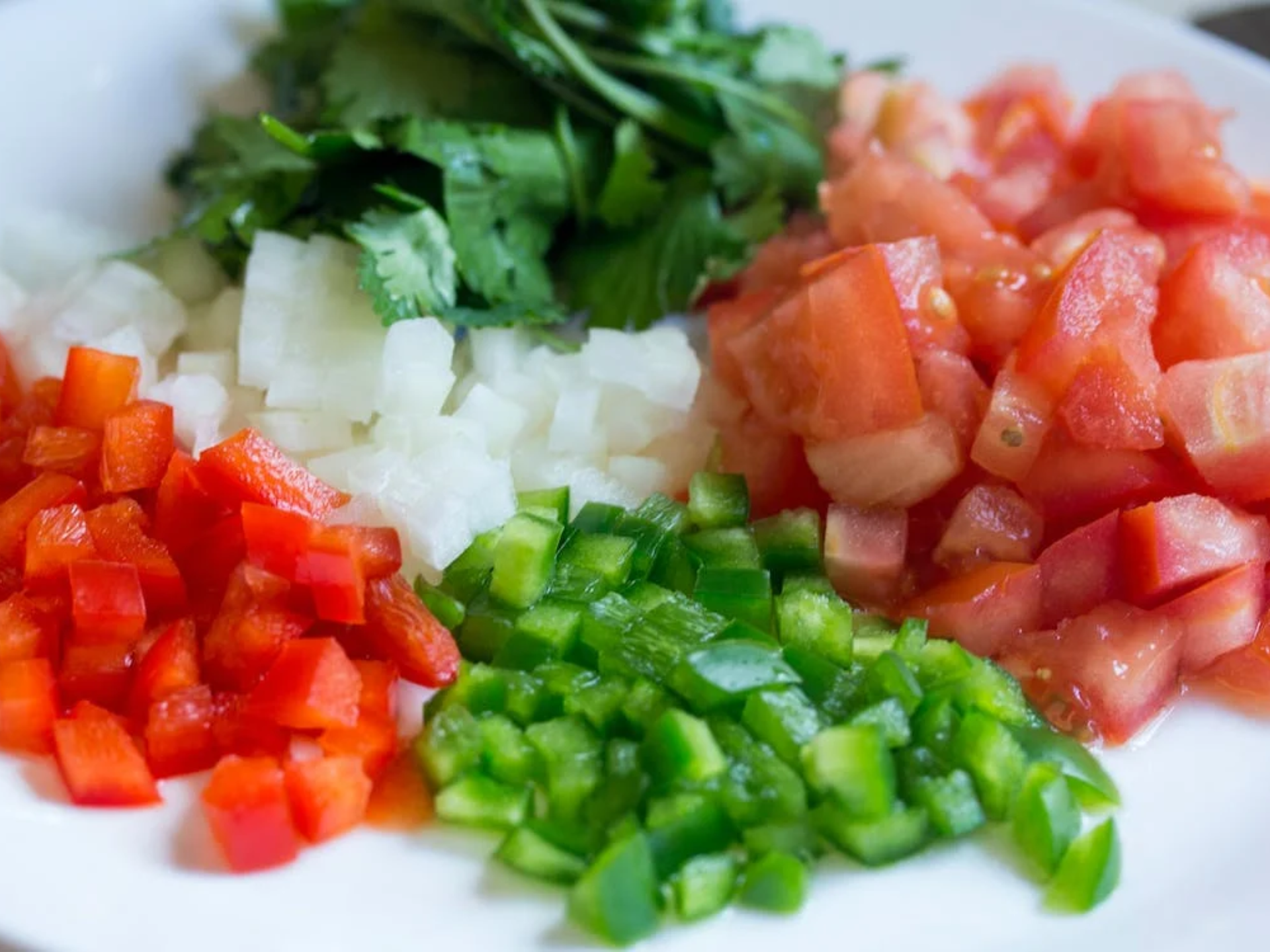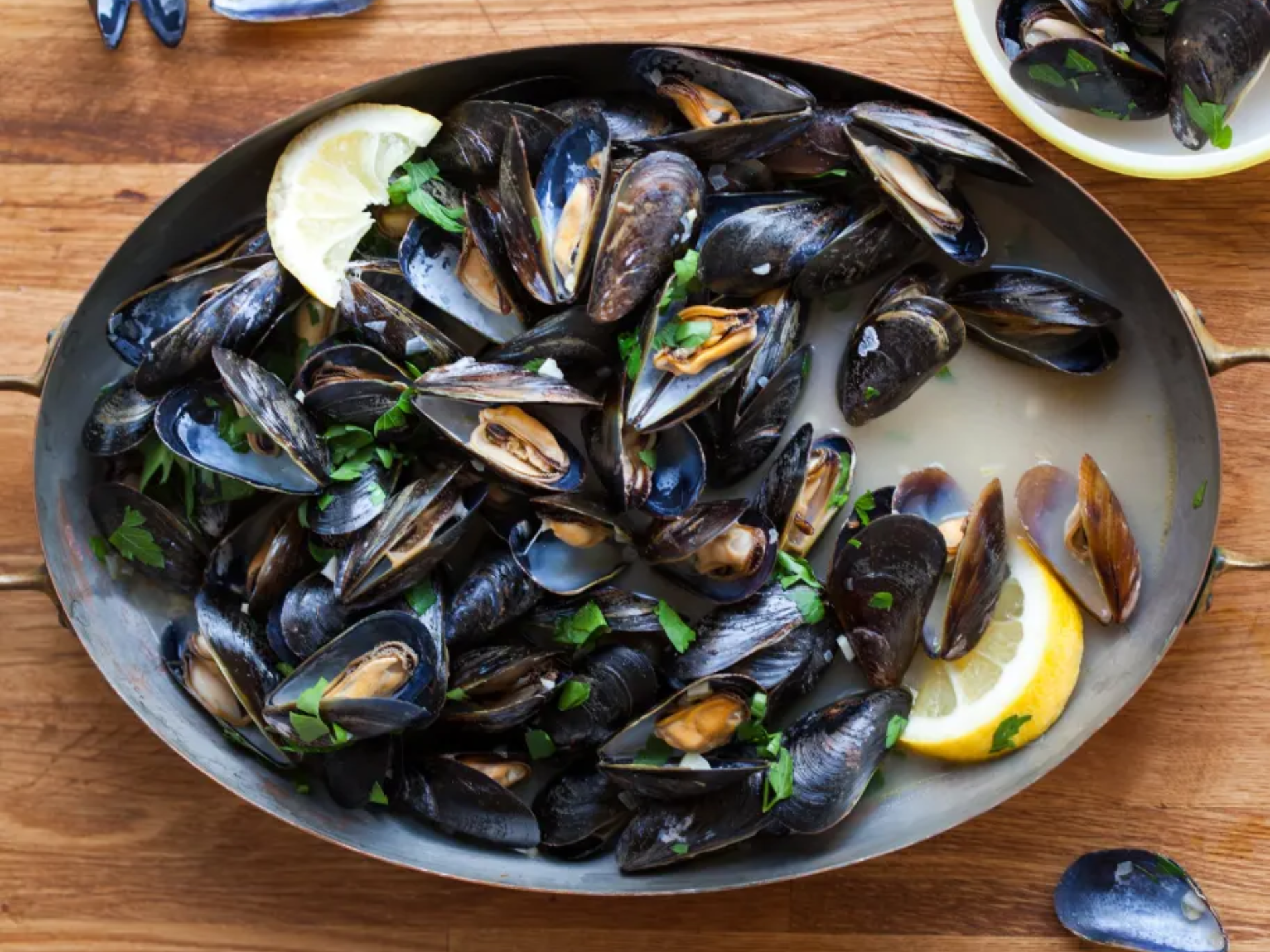Cioppino Recipe is a Seafood Style Stew is a tantalizing dish that originates from the coastal regions of Italy, particularly San Francisco. This stew is a vibrant medley of fresh seafood, including shellfish like mussels, clams, and shrimp, along with firm white fish such as halibut or cod. It may also include other delectable treasures from the sea, such as scallops, calamari, or Dungeness crab, depending on the regional variation and personal preferences.
What sets this stew apart is its robust and aromatic tomato-based broth. Sautéed onions, garlic, and olive oil form the base, and tangy tomatoes, tomato paste, and a splash of red wine enhance the flavors. The combination of these ingredients creates a rich and flavorful broth that beautifully complements the seafood.
The stew is simmered slowly, allowing the flavors to meld together and infuse into the seafood, resulting in a truly delectable and satisfying dish. Cioppino Style Seafood Stew is a celebration of the ocean’s bounty, showcasing the diverse flavors and textures of various seafood. It is often served with crusty bread or over a bed of pasta, providing a delightful culinary experience that transports you to the seaside.
Ingredients of Cioppino Recipe
⦁ 4 tablespoons unsalted butter
⦁ 1 medium sweet onion, diced
⦁ 1 small fennel bulb, cored and diced
⦁ 2 tablespoons tomato paste
⦁ 3 cloves garlic, minced
⦁ ½ teaspoon dried oregano
⦁ ¼ teaspoon crushed red pepper flakes
⦁ ¾ cup dry white wine
⦁ 1 (28-ounce) can petite diced tomatoes
⦁ 2 cups vegetable stock
⦁ 2 cups clam juice
⦁ 1 bay leaf
⦁ Kosher salt and freshly ground black pepper, to taste
⦁ 12 little neck clams, scrubbed
⦁ ½ pound mussels, scrubbed and debearded
⦁ 1 pound cod or halibut filets, cut into 3/4-inch pieces
⦁ ½ pound medium shrimp, peeled and deveined
⦁ 8 large sea scallops
⦁ 2 tablespoons chopped fresh parsley leaves
Steps to make Cioppino Recipe
Step 1
In a large stockpot or Dutch oven, melt the butter over medium-high heat. Add the diced onion and fennel to the pot. Stir occasionally and cook for about 8 minutes, or until the vegetables become tender.
Step 2
After melting the butter and cooking the onion and fennel, you would move on to the next step. Here’s a frame for the instruction “Stir in tomato paste, garlic, oregano, and red pepper flakes until fragrant, about 1 minute”:
In the same stockpot or Dutch oven, stir in the tomato paste, minced garlic, dried oregano, and red pepper flakes. Continue stirring until the mixture becomes fragrant, which usually takes about 1 minute.
Step 3
After stirring in the tomato paste, garlic, oregano, and red pepper flakes, the next step would be to add the remaining ingredients and simmer the stew. Here’s a frame for the instruction “Stir in wine, diced tomatoes, vegetable stock, clam juice, and bay leaf. Bring to a boil; reduce heat and simmer until flavors have blended, about 15 minutes. Season with salt and pepper, to taste”:
Once the tomato paste mixture is well combined, stir in the wine, diced tomatoes, vegetable stock, clam juice, and bay leaf. Increase the heat and bring the mixture to a boil. Then, reduce the heat to low and let it simmer for approximately 15 minutes to allow the flavors to blend together. Season the stew with salt and pepper according to your taste preferences.
Step 4
Add the clams and mussels to the stew, gently stirring them in. Reduce the heat to low and cover the pot tightly with a lid. Allow the stew to cook for about 3-4 minutes until the clams and mussels are just beginning to open.
Step 5
Add the cod or halibut, shrimp, and scallops to the stew, ensuring they are submerged in the liquid. Reduce the heat and let the stew simmer until the cod or halibut, shrimp, and scallops are cooked through and the clams and mussels have fully opened. This usually takes about 3-4 minutes. Remember to discard any clams that have not opened during the cooking process.
Step 6
After simmering the stew and ensuring the seafood is cooked through, the final step is to add parsley and season with salt and pepper. Here’s a frame for the instruction “Stir in parsley; season with salt and pepper, to taste”:
Gently stir in the chopped fresh parsley into the stew, allowing it to infuse its aromatic flavor. Taste the stew and season with salt and pepper according to your preference. Adjust the seasoning until it reaches the desired taste.
Nutrition Facts
⦁ – Calories: 360 Cal
⦁ – Carbohydrates: 27g
⦁ – Protein: 36g
⦁ – Fat: 12g
⦁ – Saturated Fat: 6g
⦁ – Polyunsaturated Fat: 2g
⦁ – Monounsaturated Fat: 3g
⦁ – Trans Fat: 0g
⦁ – Cholesterol: 148mg
⦁ – Sodium: 1340mg
⦁ – Potassium: 1190mg
⦁ – Fiber: 6g
⦁ – Sugar: 12g
⦁ – Vitamin A: 1827IU
⦁ – Vitamin C: 37mg
⦁ – Calcium: 161mg
⦁ – Iron: 6mg
People also Read
Delicious Clam Chowder Bread Bowl Recipe 2023
Easy to make California Cobb Salad 2023
Simple And Easy Dungeness Crab Cakes Recipe 2023
Delicious Baja Fish Tacos 2023
Delicious Chinese Chicken Salad Recipe 2023
Simple California Fish Tacos 2023
Delicious Red Lobster Shrimp Scampi recipe 2023
Easy And Simple Uni Pasta Recipe 2023
Delicious Korean BBQ Beef Recipe 2023
Delicious California Club Sandwich in 2023
Steps to avoid in making Delicious Cioppino Recipe
1. Avoid overcooking the seafood. Different types of seafood have varying cooking times, so it’s important to add them to the stew at the appropriate times to prevent overcooking. Start with the seafood that requires the longest cooking time and gradually add the others as needed.
2. Avoid overcrowding the pot. While it may be tempting to add a large amount of seafood to the stew, overcrowding the pot can lead to uneven cooking and loss of flavor. Give the ingredients enough space to cook and simmer properly.
3. Avoid using low-quality or old seafood. Fresh and high-quality seafood is crucial for a delicious seafood stew. Ensure that the seafood is fresh, properly cleaned, and doesn’t have any off odors. If the seafood appears questionable, it’s best to avoid using it.
4. Avoid over seasoning the stew. It’s important to balance the flavors in the stew and avoid overpowering the natural flavors of the seafood. Taste the stew as you go and add seasonings gradually to achieve a well-balanced and flavorful result.
5. Avoid boiling the stew vigorously. Simmering the stew gently allows the flavors to meld together while keeping the seafood tender. Boiling too vigorously can result in overcooked and tough seafood. Maintain a gentle simmer throughout the cooking process.
6. Avoid overcooking the vegetables. Vegetables, such as onions, garlic, and bell peppers, are often included in a Cioppino-style seafood stew. Be careful not to overcook them, as they can become mushy and lose their texture. Add the vegetables at the appropriate time to ensure they are cooked just right.
7. Avoid using too much salt. Seafood naturally contains salt, so it’s important to taste the stew before adding additional salt. Adjust the seasoning carefully to avoid making the stew overly salty.
By keeping these steps in mind, you can avoid common pitfalls and create a Delicious Cioppino-style seafood stew that showcases the flavors of the fresh seafood.
FAQ
1. Q: What is Cioppino?
A: Cioppino is a traditional Italian-American seafood stew that originated in San Francisco. It typically includes a variety of seafood, such as fish, shellfish, and sometimes even crab, cooked in a flavorful tomato-based broth.
2. Q: What are the main ingredients in Cioppino?
A: The main ingredients in Cioppino include a mix of seafood, such as fish fillets, clams, mussels, shrimp, and scallops, along with aromatic vegetables like onions, garlic, and fennel. The stew is usually cooked in a tomato-based broth and seasoned with herbs and spices.
3. Q: Can I customize the seafood in Cioppino?
A: Yes, you can customize the seafood in Cioppino based on your preferences and availability. Feel free to add or substitute different types of fish, shellfish, or even include additional seafood like crab or lobster.
4. Q: How do I make a tomato-based broth for Cioppino?
A: To make the tomato-based broth for Cioppino, you can start by sautéing onions, garlic, and fennel in olive oil, then adding tomato paste, diced tomatoes, and seasonings like dried herbs, red pepper flakes, salt, and pepper. Simmer the broth to allow the flavors to meld together.
5. Q: What type of wine is best for Cioppino?
A: Dry white wine, such as Sauvignon Blanc or Pinot Grigio, is commonly used in Cioppino. The wine adds a bright and acidic element to the broth. However, you can also use dry red wine if you prefer a richer flavor.
6. Q: How long should I cook Cioppino?
A: The cooking time for Cioppino can vary depending on the seafood used. Generally, the stew is cooked for about 15-20 minutes after adding the seafood. It’s important not to overcook the seafood to maintain its texture and tenderness.
7. Q: Can I make Cioppino in advance?
A: Yes, you can make Cioppino in advance. In fact, many people believe that Cioppino tastes even better when the flavors have had time to meld together. Simply cool the stew, store it in the refrigerator, and gently reheat it before serving.
8. Q: What are some common serving suggestions for Cioppino?
A: Cioppino is typically served with crusty bread or garlic bread on the side. The bread can be used for dipping into the flavorful broth. Some people also like to serve Cioppino over cooked pasta or with a side of rice.
9. Q: Are there any variations of Cioppino?
A: Yes, there are variations of Cioppino based on personal preferences and regional influences. Some recipes may include additional ingredients like squid or octopus, while others may incorporate different herbs and spices for unique flavor profiles.
10. Q: Can I make a vegetarian or vegan version of Cioppino?
A: Yes, you can make a vegetarian or vegan version of Cioppino by using vegetable broth or water instead of seafood broth, and substituting the seafood with plant-based alternatives like tofu or mushrooms. The flavor can be enhanced with herbs, spices, and umami-rich ingredients.





